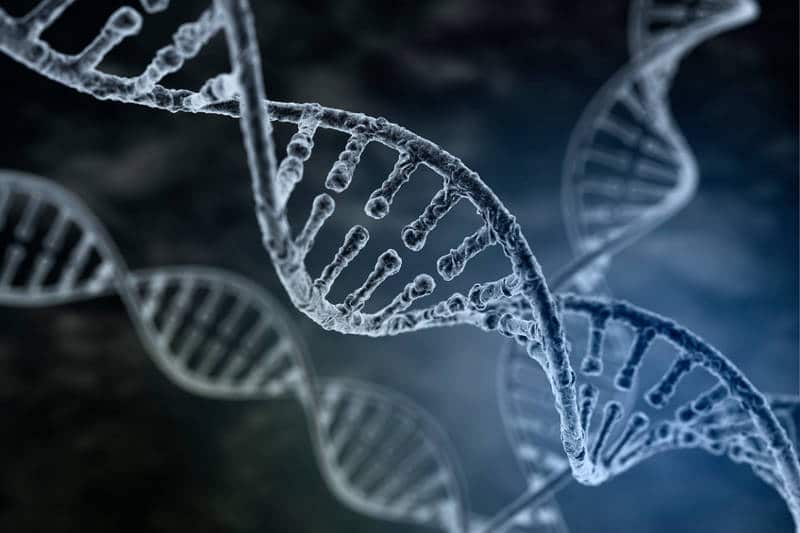As early as 8,000 B.C. to 5,000 B.C., Mesoamericans were working to domesticate corn, and by 700 B.C., Assyrians and Babylonians were hand-pollinating palm, shares Todd Wehner, a cucurbit breeder at North Carolina State University. It seems as though man has been altering the genetic makeup of plants since the beginning of time.
During these early years, they were simply selecting plants that showed faster growth, larger seeds or sweeter fruits, adds Sarah Ward, an associate professor of genetics at Colorado State University. Plant breeding was a popular activity in the 1700s and 1800s; however, there was little understanding of the science behind it.
To formalize the creation of new plant cultivars and plant breeding, Louis Leveque de Vilmorin, of the Vilmorin family of seed producers, founded the Vilmorin Breeding Institute in 1727. At the time, Vilmorin was working to lay the foundation for improved size, shape and sugar content of sugar beets. According to “Principles of Plant Genetics and Breeding,” it was there that the progeny test was first used to evaluate the breeding value of a single plant.
About a century later, Captain Robert FitzRoy asked Charles Darwin to join him on the five-year voyage as a naturalist aboard the HMS Beagle, setting sail on a five-year voyage, surveying the world. It was during this expedition that Darwin observed similarities among plant species all over the globe, along with variations based on specific locations. This observation led him to believe humans had gradually evolved from common ancestors, yet it wasn’t until 1859 when he published his controversial theory of evolution. Yet, biologists, botanists and plant scientists took note.
At the turn of the century, three scientists were working on breeding problems and discovered a paper written decades earlier by Gregor Mendel.
“Mendel’s paper detailed pea experiments, demonstrating the role of invisible ‘factors,’” says Sarah Ward, an associate professor of genetics at Colorado State University. “These invisible ‘factors’ were dominant and recessive alleles, or genes, that could produce the traits we see and could be passed to offspring,”
Darwin’s theory of evolution and concept of natural selection, combined with Mendel’s work on heredity, became the foundation of plant breeding and selective breeding, says Sam Eathington, vice president of global plant breeding for Monsanto.
Since the publication of Mendel’s paper, plant breeding began to evolve and has never been the same.
First the came the concept of crosses, which led to what is known as improved hybrid vigor in the early 1900s. But the first commercial hybrid corn wasn’t produced until the 1920s.
Mutation breeding was introduced in the 1930s, according to the Food and Agriculture Organization of the United Nations. It can be used to accelerate the process of trait development and does not involve gene modification. Furthermore, it broadens biodiversity. It uses the plant’s own genetic resources to mimic the process of spontaneous mutations — something that happens all the time in nature.
Around the world, plant breeders such as Norman Borlaug put their newfound knowledge to use, developing more productive, higher-yielding hybrids across a number of crop species including wheat and rice. The period from the 1940s to 1960s became known as the Green Revolution, when agricultural output significantly increased, saving billions of people from famine and starvation. Borlaug’s work with wheat in Mexico led the country from only supplying half it’s needs to being self-sufficient. When leaders in Pakistan and India adopted his work, output increased fourfold.
Then there’s the discovery of the DNA structure by James Watson and Francis Crick, which helped explain how hereditary information is coded and replicated. This was one of the most significant discoveries of the 20th century, and helped advance molecular biology to this day.
Then scientists began to apply tissue and cell culture technologies to create genetic variability and increase the number of desirable germplasms available to the plant breeder.
In 1983, scientists developed the first plants using biotechnology to introduce a trait from nature to help them better survive their environment. Since then, this technology has been used in a number of crops but not without great controversy.
This was followed by marker-assisted selection (MAS) and genomic selection. MAS is the indirect selection process where a trait of interest is selected based on a marker linked to a trait of interest. It essentially, minimizes the wait-and-see time, as the plants DNA is the same as when it’s a seed to when it’s mature and the fruit is ready for harvest. Genomic selection is a form of MAS in which genetic markers covering the whole genome are used, according to the National Center for Biotechnology Information.
As the sciences and tools that plant breeders have access to continue to advance, so do the techniques they use to create more productive, higher-yielding varieties.
Building on a Strong Foundation
“Plant breeding is an evolving practice,” says Andy LaVigne, American Seed Trade Association president and CEO. “It’s an evolving science, whether you go back 10,000 years ago when man was selecting plants that were strong and met the local needs or all the way to the practices we saw in the 1900s with cross breeding and hybridization and mutation genesis and cell culture. Plant breeding builds upon itself.”
He says plant breeders don’t just wake up with a new understanding or technique to apply.
“We understand things more and more each year, because we are getting better at mapping genomes and better at bioinformatics,” LaVigne explains.
That brings us to the next evolution of plant breeding, which is being called gene editing — a classification for a number of tools and techniques.
LaVigne says there are a number of opportunities that come into play, but it’s important to stress there will be new understandings and techniques in two years, five years and 10 years.
Plant breeders will continue to innovate and evolve the tools and technique used.
“The domestication of the plant was arguably the single most important technological advance in our history, and allowed us to develop into the highly complex civilization we have become,” says Nino Brown of the University of Georgia’s Institution of Plant Breeding, Genetics and Genomics. “As technologically advanced as we might be, we are still as dependent on plants as we have ever been. It could be argued, that with the current population and rate of growth, we are more dependent on these crops than ever.”
According to the United Nations, there were 6.1 billion people on earth in 2000, and that number is expected to reach 9.7 billion by 2050.
Brown says that’s a lot of mouths to feed, but LaVigne and Monsanto’s Eathington are optimistic
“We are at an amazing time in agriculture right now when it comes to really understanding what plants do, and how we look at characteristics favorable to crop production as it relates to the challenges farmers face with weather, pests and disease,” LaVigne says. “But how do we deal with those not-so-favorable characteristics and minimize those in the breeding process?”
That’s the question plant breeders and researchers labor over.
“Today, plant breeders still rely on classic methodologies to develop top-performing products,” shares Eathington, adding that modern technologies help optimize the predictability of how certain plants will grow in a variety of environment conditions. “It’s this relationship between plant genotypes and the environment that will continue to drive genetic improvements for future generations.”











